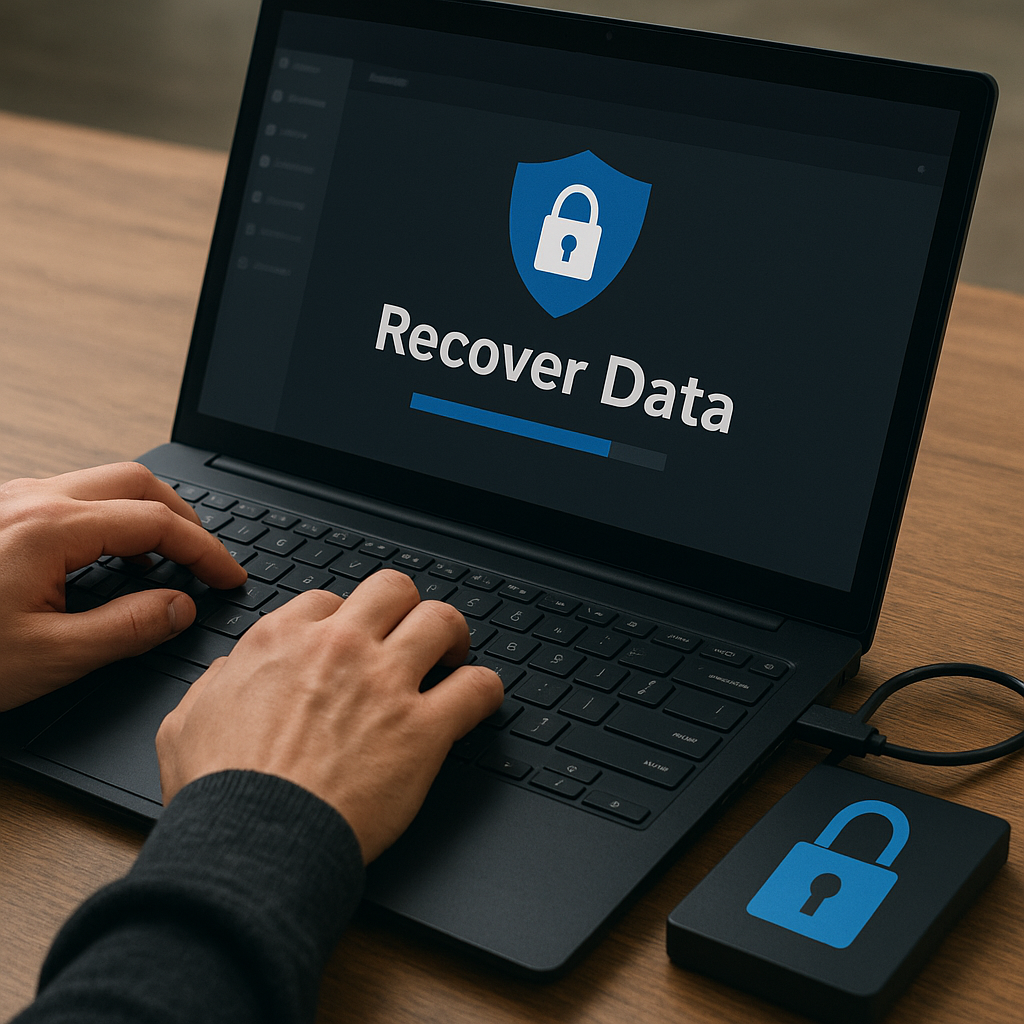Recovering lost footage from a digital camera can be a challenging task, but with the right approach and tools, it’s entirely possible to **restore** your precious **deleted videos**. Whether the deletion was accidental or resulted from a corrupted **memory card**, understanding the recovery process is crucial. This guide will walk you through the essentials of video recovery, from the underlying causes of data loss to choosing effective **recovery software**, performing a deep **scan**, and implementing best practices to protect your files in the future.
Understanding Video Deletion and Storage Mechanics
To successfully retrieve **deleted videos**, it’s important to grasp how data is stored and removed on a **camera**’s memory card. Most cameras use Secure Digital (SD) or microSD cards formatted with FAT32, exFAT, or similar **file system** types.
- When you delete a video, the file’s entry in the directory is marked as free space rather than immediately overwritten.
- The actual video data remains on the **storage device** until new data overwrites it.
- Continuing to use the card after deletion increases the risk of overwriting your lost files.
Common Causes of Video Loss
- Accidental deletion while browsing files on the camera’s display.
- Formatting the **memory card** without backing up important footage.
- File system corruption due to sudden power loss or improper ejection.
- Physical damage to the card or camera leading to inaccessible data.
Understanding these scenarios helps you act swiftly and employ the right **data integrity** measures before attempting recovery.
Choosing the Right Recovery Software
Not all tools are created equal when it comes to video recovery. Selecting a reliable **recovery software** ensures a higher success rate and reduces the risk of further data damage.
Key Features to Look For
- Deep Scan capability for scanning every sector of the **memory card**.
- Preview function to verify recovered videos before saving them.
- Support for various video formats (e.g., MP4, MOV, AVI).
- Compatibility with multiple **storage device** types (SD, microSD, CF cards).
- Read-only operation mode to maintain original file integrity.
Popular Recovery Software Options
- RecoveryPro Video Rescue
- MemoryLab Data Recovery
- CardSaver Video Restore
- FileRevive for Multimedia
Most reputable programs offer a free trial scan so you can assess recoverable footage before purchasing. Always download from the official vendor’s site to avoid malware risks.
Step-by-Step Restoration Process
Preparation
- Stop using the **camera** or **memory card** immediately to prevent overwriting.
- Connect the card to your computer via a direct card reader, not the camera’s USB, for stable data access.
- Ensure your PC has enough free space to store recovered files safely.
Recovery Workflow
- Install and launch your chosen **recovery software**.
- Select the target drive representing your camera’s memory card.
- Opt for a deep scan to uncover hidden or partially overwritten files.
- Wait for the scan to complete; scanning times vary based on card capacity.
- Browse the preview thumbnails to identify the lost videos you wish to retrieve.
- Choose a secure destination on your computer’s internal drive—never restore back to the same card.
- Click “Recover” or equivalent command and verify that files play correctly.
Troubleshooting Common Issues
- If the software can’t read the card, try a different reader or port.
- Corrupted files may require a dedicated video repair tool post-recovery.
- For severely damaged cards, consider professional data recovery services.
Preventive Measures and Best Practices
Once you’ve successfully retrieved your **lost files**, it’s wise to adopt preventive strategies to minimize future risks:
- Regularly back up footage to external hard drives or cloud storage.
- Avoid filling the memory card to its maximum capacity during shooting.
- Safely eject your card from devices to prevent file system errors.
- Use high-quality, branded **storage devices** to reduce failure rates.
- Periodically format the card in-camera after transferring videos off to maintain optimal performance.
Implementing these steps will strengthen your workflow and ensure that accidental deletions or system errors don’t lead to permanent data loss.












